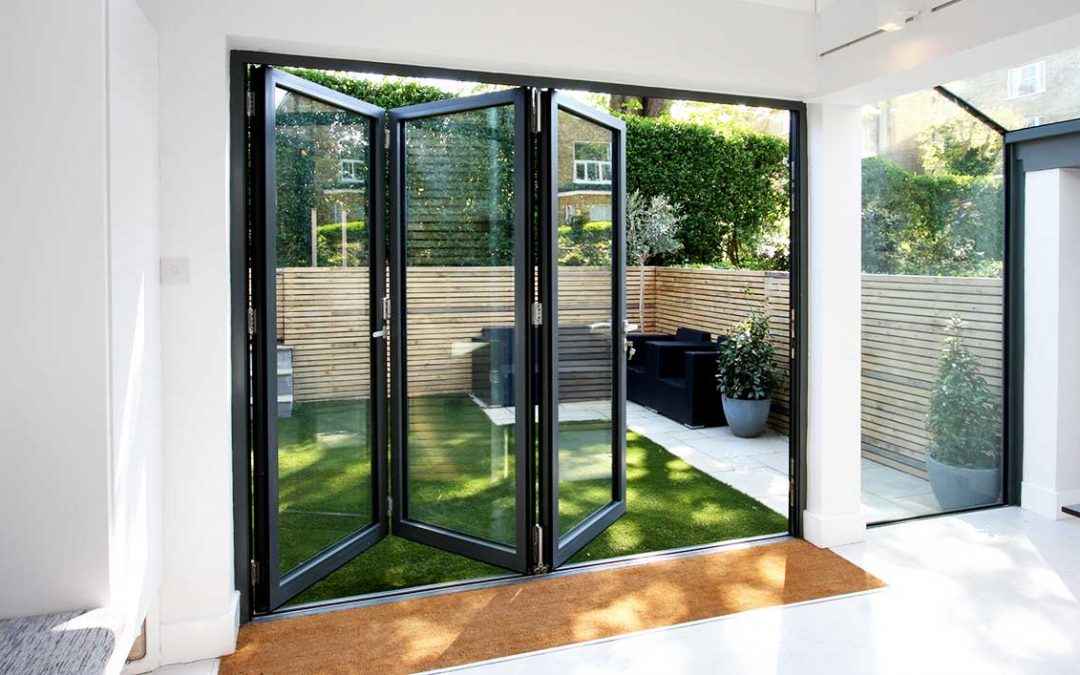All Categories
Featured
Table of Contents
Double Glazing Australia Blogs in East Cannington Western Australia
That window can send more solar heat in winter than in summer. A west-facing window on a summertime's afternoon has an angle of incidence from near 0 as much as 30 with a large reliable area of solar radiation. A north-facing window, in summer season, has a high angle of incidence and a low efficient area of solar radiation, so can transmit less heat than a west-facing one.

You can quickly and quickly enhance the thermal efficiency of your house by replacing your windows. There are thousands of types of glass and frames to pick from.
Single Glazed Vs Double Glazed Windows - Ultimate Guide in East Cannington WA
Single glazing with clear glass is not extremely effective when it comes to heat loss or gain. To improve efficiency, you can use single glazing with a more energy-efficient type of glass such as low emissivity (low-e) glass.
The energy efficiency of IGUs likewise depends on: the homes of each layer of glass. Different glass types (for example, clear and low-e glass) can be put together in an IGU.
Why Double Glazing Keeps Your Home Cooler In Summer? in Bassendean WA
IGU cavities can be filled with air or a more inert, low-conductivity gas such as argon the width of the cavity. Cavity density is normally 6 to 18mm. Wider cavities offer lower (better) U worths, with 12mm normally accepted as the preferred gap how well the cavity is sealed. Cavities should be dry and well sealed to avoid moisture getting in.
If argon is installed to the cavity in place of air, wetness is reliably omitted the level of desiccant (drying agent). The spacer (metal or polymer strip) that separates the glass layers consists of a desiccant to absorb any moisture. Inadequate desiccant might trigger moisture to condense on the glass surface in cold conditions, minimizing thermal performance.
How To Retrofit Your Windows With Double Glazing, And Keep ... in Champion WA
IGUs can provide much better energy performance for all environments, especially in heated and air-conditioned homes. Cross-section information of single, double and triple-glazing systems Low emissivity glass (commonly understood as low-e glass) reduces heat transfer. Low-e glass may be either high or low transmission: High transmission low-e glass has a finishing that permits daylight from the sun to enter the home to attain excellent solar heat gain, but reduces the amount of the long wavelength infrared heat that can get away back through the window.
Low-e glass has either a pyrolytic finish or a vacuum-deposited thin film metal covering. Pyrolytic finishes are durable and can be utilized for any glazing; vacuum-deposited finishes are soft and are just used within IGUs. Low-e coverings can substantially improve both U worth and SHGC; nevertheless, they must be used properly or they will either deteriorate or stop working to perform as required.
Lifestyle - West Coast Double Glazing in Upper Swan Western Australia
Low-e finishings can be utilized in combination with clear, toned or reflective glass. Low-e coverings on glazing can decrease heat transfer where required Photo: Department of Industry, Science, Energy and Resources Toned glass has colouring ingredients included throughout manufacture. It is available in various colours, normally bronze, grey, blue and green.
Table of Contents
Latest Posts
Blown Double Glazing & What To Do About It in Mundijong Western Australia
What Are The Advantages Of Double Glazed Windows? in Queens Park WA
Double Glazing Versus Secondary Glazing in Marmion Western Australia
More
Latest Posts
Blown Double Glazing & What To Do About It in Mundijong Western Australia
What Are The Advantages Of Double Glazed Windows? in Queens Park WA
Double Glazing Versus Secondary Glazing in Marmion Western Australia